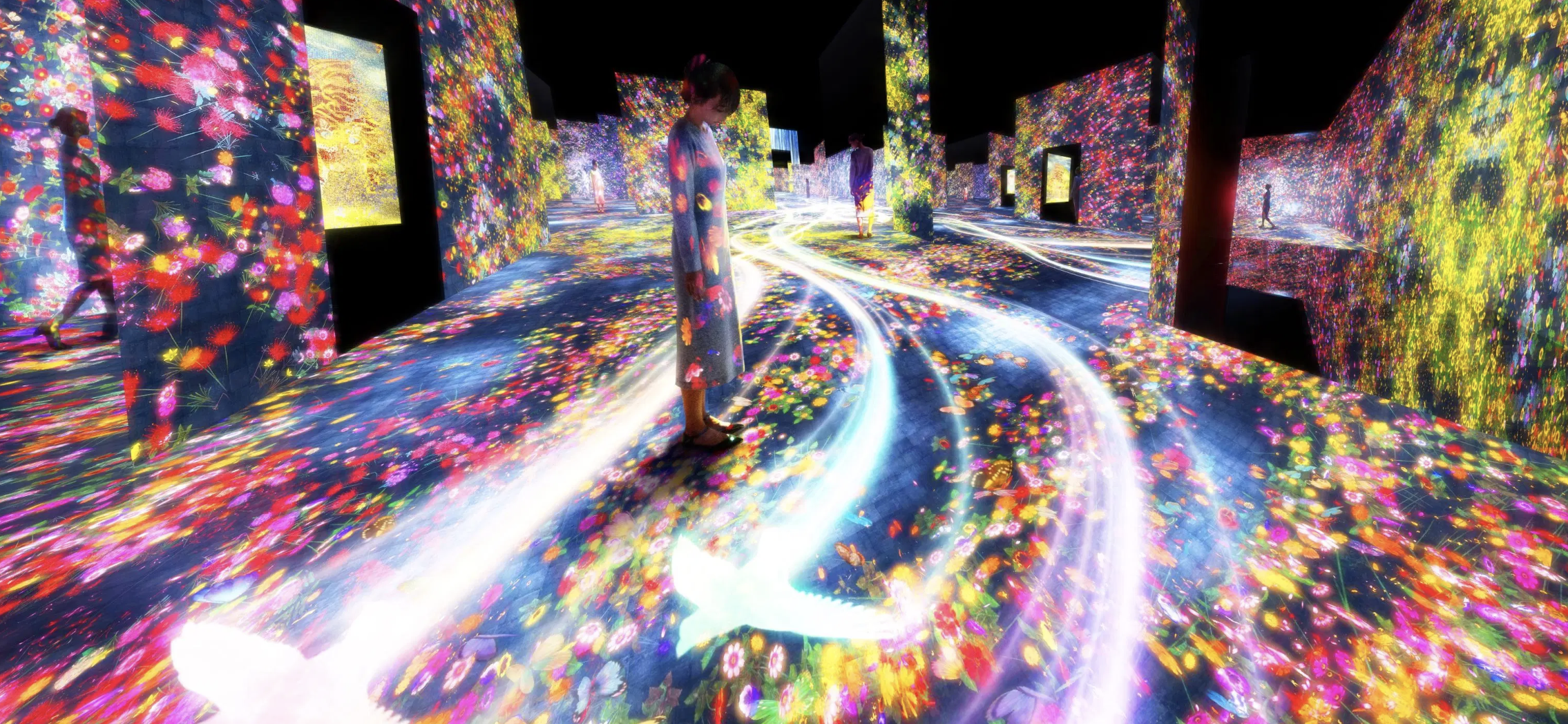
While VR, AR, and 360 experiences may be well-known industry terms for you at this point, you might be wondering how these experiences are any different than interactive storytelling content. Interactive storytelling is a form of media that gives the user the ability to be the “director” of their own experience from start to end. While popular among the gaming community, interactive storytelling is certainly on the rise everywhere. For example, on the heels of Black Mirror’s Bandersnatch, Netflix is double down its on interactive storytelling content, producing a variety of series according to an article by techcrunch.
How is interactive storytelling content different than linear content?
Traditional linear content has a predetermined endpoint and limited ways for the user to get involved. Think of a video; the only control the user has is to start, stop, rewind or restart. Interactive storytelling content does not have one endpoint; the user can determine when it ends thus allowing users more opportunity to engage with your content for longer. When done right, the user has a whole host of options to get involved with the content, ultimately providing a more entertaining experience. Further, it can create an element of conversation beyond the initial viewing as multiple users are likely to have their own, personal experience.
What are some examples of interactive storytelling content?
- Branching: different pathways the user takes to customize their experience. Basically, this is the ‘choose-your-own-adventure’ option. These stories can be simple or complex, depending on the number of branches you design. As mentioned earlier, Bandersnatch falls into this category, although other great examples include Tasty’s customizable recipe ads and Coldplay’s Webby award-winning music video (both using Eko’s platform).
- Hidden Object: hotspots within the current experience can either take the user into a separate window or reveal more content directly. As a simple but impactful way to give the user control, this is great for showcasing merchandise or price points. Take, for example, Honda Presents the Other Side, an ad for their Civic Type R car. By pressing the ‘R’ key the user is able to control which part of this cinematic experience they would like to see showing off their merchandise’s variability.
- Personalization: quizzes that allow the user to ‘make’ something of their very own. With a few key decisions, each user will have their own personalized product. You’ll see quizzes most often to advertise a new product line or associated with a familiar brand. Some examples include Nike React’s Create Your React Runner and Cartoon Network’s PowerPuff Yourself. Both experiences allow the user to make a series of choices to create a unique product.
- Data Inputs: entering field information (name, DOB, likes/dislikes, etc), the user can feel as if the experience is uniquely for them. This option is very similar to personalization mentioned above; however, a data input does not ask the user to make their own decisions to create something new, rather they are entering personal information to create their own stamp on an experience. A great example is Uber Sign Language, an app that teaches simple ASL phrases for better communicate with hearing-impaired drivers. Here the user can type in their name and learn how to sign it in ASL.
Why use interactive content?
- Longer Engagement with Content: Interactive storytelling content can increase viewing time spent on content by 47% and are 32% more memorable than linear video ads. These experiences are not simple 30-second trailers; they do not have a set time limit. Rather, they allow users to repeat and rediscover new options making each replay an entirely new experience. This gives users more opportunities to engage with your brand for a longer period of time and ultimately provides a more memorable experience.
- Track User Information: Creators have opportunities to track their audiences better and gain more insight into who is viewing their ads. Interactive storytelling content allows you to track where a user clicks within a video, how many times the user clicks in a sitting, analysis of the pathways taken in a branching narrative and user data collected via input fields. You are not limited with view rates and you learn so much more than simple metrics associated with traditional linear content.
- Agency: This is where gamification comes in. Allowing the user to build the story as the experience progresses, interactive storytelling content gives the user a sense of agency that traditional linear content does not. It gamifies the experience by giving the user control to direct what happens next. Do not underestimate how impactful it can be for a user to have even a small amount of influence over what is going on around them. Creating a fun, game-like experience can certainly elevate your brand.
Interactive storytelling content can stick with users, creating a memorable experience. In its different forms, it can delight and surprise a user by giving the control and options to play with your product and learn about its versatility. You can insert users into your brand by giving them a role to play in your carefully crafted story. Through interactive storytelling content can take longer to create, it can be worth the tradeoffs based on what you gain out of it. Next time you are thinking about how to best showcase your overall brand or highlight a new product, consider using an interactive story.
READ MORE: Effective VR UXR Part 1: The Science Behind Building Impactful Immersive Experiences, Effective VR UXR Part 2: The Four Tiers of Evaluating Immersive Experiences, Three Questions to Ask Before Creating an Immersive Retail Experience, The Three Things UX Designers Can Learn from Game Tutorials







Comments
Add Comment